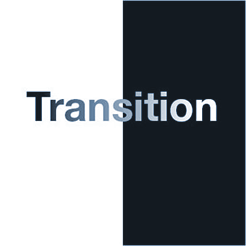On Developing a Transition Proposal

While the principles and mechanisms to guide transition proposal development, as suggested by the convener of the process, seem sensible enough, both the scope of the transition and the operation of the mechanisms remain susceptibly vague. Contrary to one who directs a process, the very definition of a convener is one who brings together for a meeting or activity. In this spirit, the call for public input prudently identifies wide community concern for the examination of broader globalization and accountability mechanisms.
In keeping with the principles to maintain an inclusive, transparent, and consensus driven development process, both proposal scope and execution management must ensue directly from an open consultation process, without artificial limitation by, or to, a single interest. This could be achieved, for example, by aggregating responses to a call for input that requests very brief statements on each responder's interpretation of scope. As a result of granular input, independent of convener predisposition or vetting, the transition focus would naturally evolve to the sphere defined by the greater community, and similarly its mechanisms would prescribe to minimize conflicts of interest.
A steering group that stewards proposal development may help to ensure that the process remains focused. Again, such a steering group should be operable to focus on the purview of the greater community, with respect to a plethora of diverse global stakeholders. While the process outlined for the operation of the steering group is generally sound, constraints on the creation, direction and support of the group, including: restrictions on membership selection, ambiguity in the impartiality of its Chair, outcome sensitivity to Board influence, and support of the group by a single interest, severely degrade the ambition of at least half of the principles identified by the community.
Notwithstanding limitations to the definition of affected parties, and in order to develop a proposal that truly reflects openness, parties should have the right to choose whomsoever they feel best represents their interests, without limitation. Certainly, the acceptable definition of affected parties should at least include trademark authorities, relevant globally recognized forums, and governments in their own right. Nevertheless, stakeholders must continue to assert vigilance, perhaps bolstered by a non-participating or diversified secretariat, in order to prevent an imbalance in proposal direction or developmental influence.
